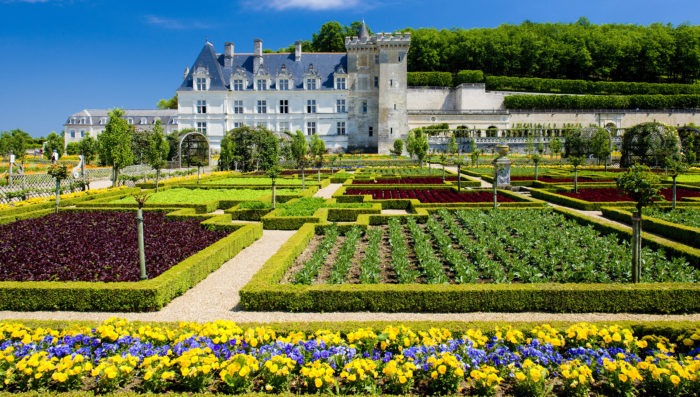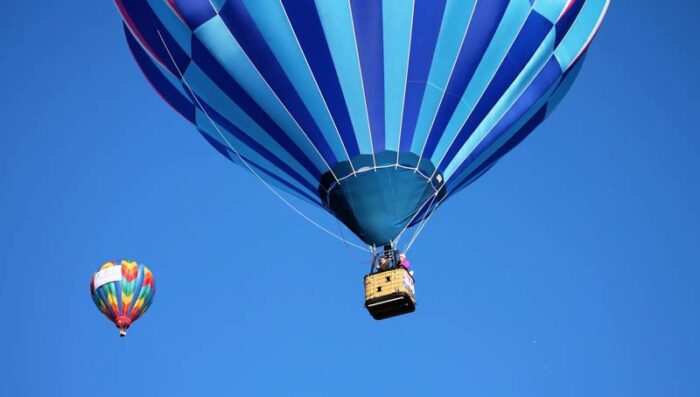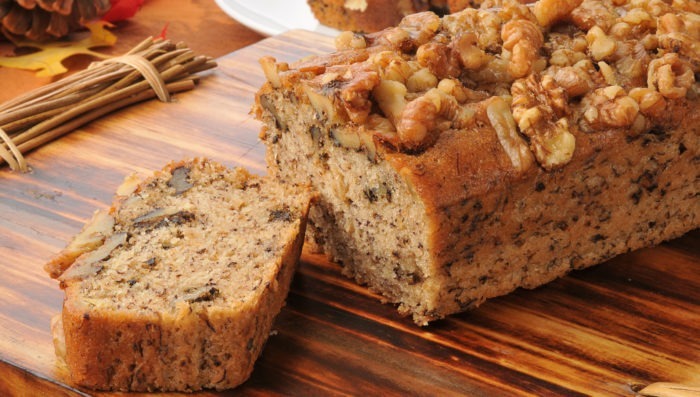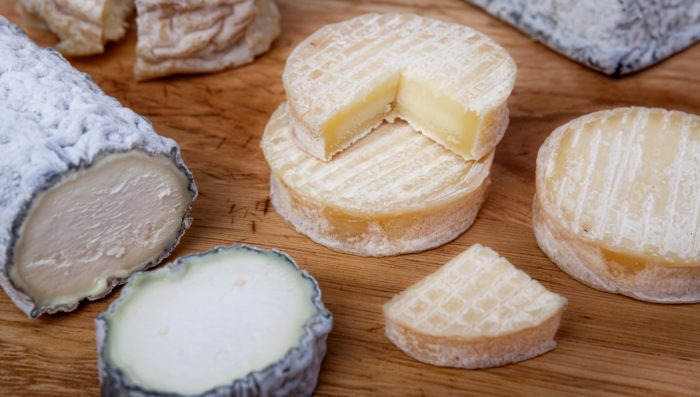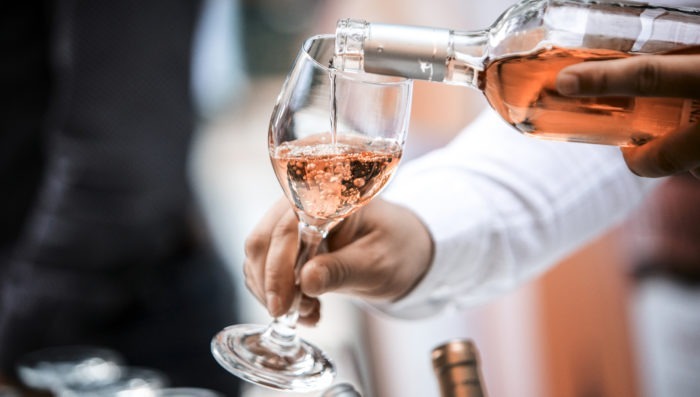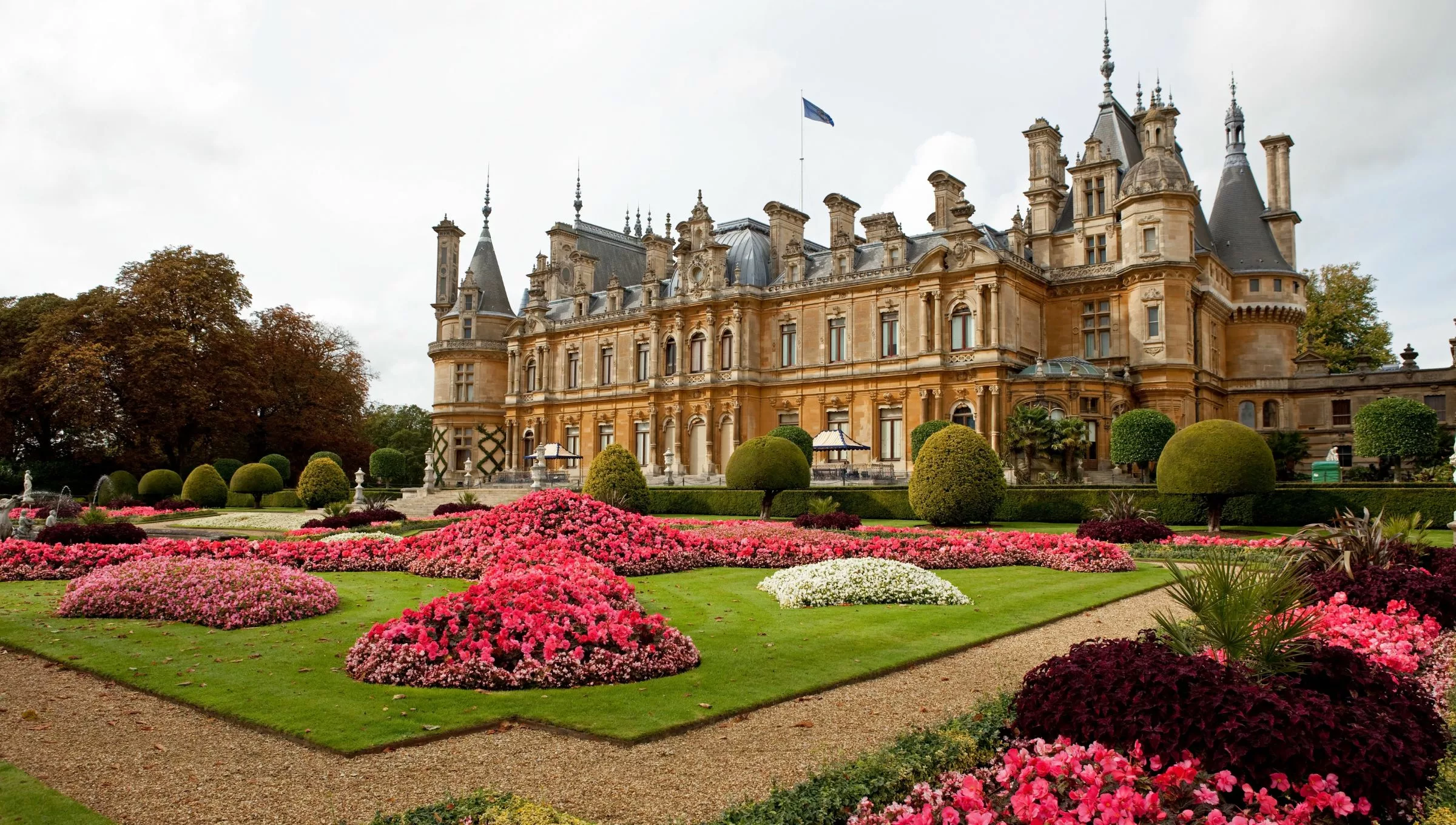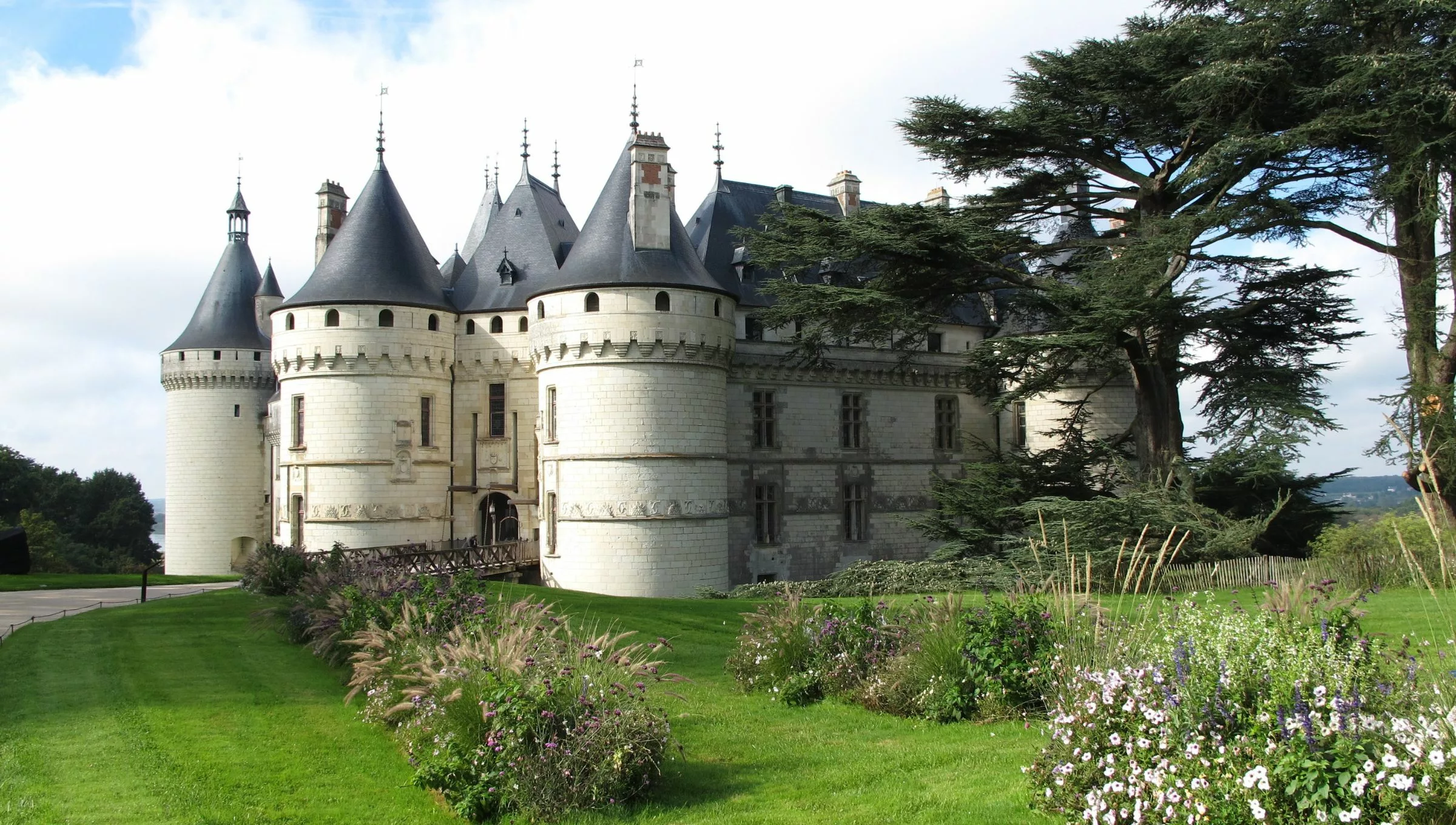Our Favorite Loire Valley Tours

Flavors of the Loire Valley

Highlights of the Loire Valley

Wonderful Escape to the Loire Valley
Loire Valley in Depth
Get to know the Loire Valley
The so-called Garden of France is located just a couple hours drive southwest of Paris. It was a battleground during the Hundred Years War before becoming a playground for French royalty in the 15th and 16th centuries. Seemingly countless castles span the valley from Orleans to Anger. Some are imposing fortresses, while others are flamboyant displays of wealth and power (château can mean both castle and palace in French). Chenonceau, Chambord, and Amboise are the first châteaux that most visitors see, but many, many others are worthwhile. The extensive gardens at Château de Villandry, the sound and light show at the Royal Château of Blois, and Le Clos Lucé, Leonardo Da Vinci’s former manor, are sure to delight.
Fantastic, diverse vineyards and enchanting villages also await visitors to the Loire. Amboise, Blois, Orléans, and Tours are lovely. The gently rolling hills of this UNESCO World Heritage-designated region are a pleasure to explore on an e-bike. But, the most romantic way to appreciate the Loire Valley may be from above, aboard a hot air balloon.
Cuisine
The Loire Valley is known as the garden of France, and the cuisine incorporates fantastic produce with local game and freshwater fish. Try the traditional fouace or fouée breads. You’ll find them stuffed, often with rillettes, a type of pork paté.
Tarte Tatin, an upside-down apple tart, is one of our very favorite French desserts.
Logistics:
When to go: May through June and September to October offer the ideal conditions to appreciate the natural beauty of the region and the gorgeous gardens at the various châteaux. The climate is favorable for much of the year, as the Loire River moderates the temperatures. The climate can be cool with a springtime frost and wine harvest months may see a lot of rain. Summers are hot however influences from the Atlantic moderate the temperature with welcome breezes.
By Train: The TGV connects Paris to Tours in about 35 minutes and 1 1/2 hours to Blois.
By Car: It is a short 2 1/2-hour drive from Paris to Amboise or Tours.
By Plane: Most people will arrive via Paris. If you prefer to avoid flying into Paris, Nantes’s airport has connections to many European hubs. It is located just 2 ½ hours west of Tours by car.
What to eat and drink:
Cheese: The Loire’s fantastic goat cheeses include 5 AOP appellations: cylindrical Saint-Maure with a piece of straw in its center, Selles-sur-Cher, Crottin de Chavignol, and the pyramid-shaped Pouligny-Saint-Pierre and Valençay.
Wine: The Loire Valley is one of France’s most productive wine regions with diverse wines including reds, rosés, whites, sparkling, and so-called grey wines. That confusing-named vin gris is actually a pale rosé and perfect for a summer day. The great variety means that there is something for every taste. We enjoy the Rosé d’Anjou and the excellent Muscadet, Pouilly-Fumé and Sancerre whites.
Experience the Loire Valley
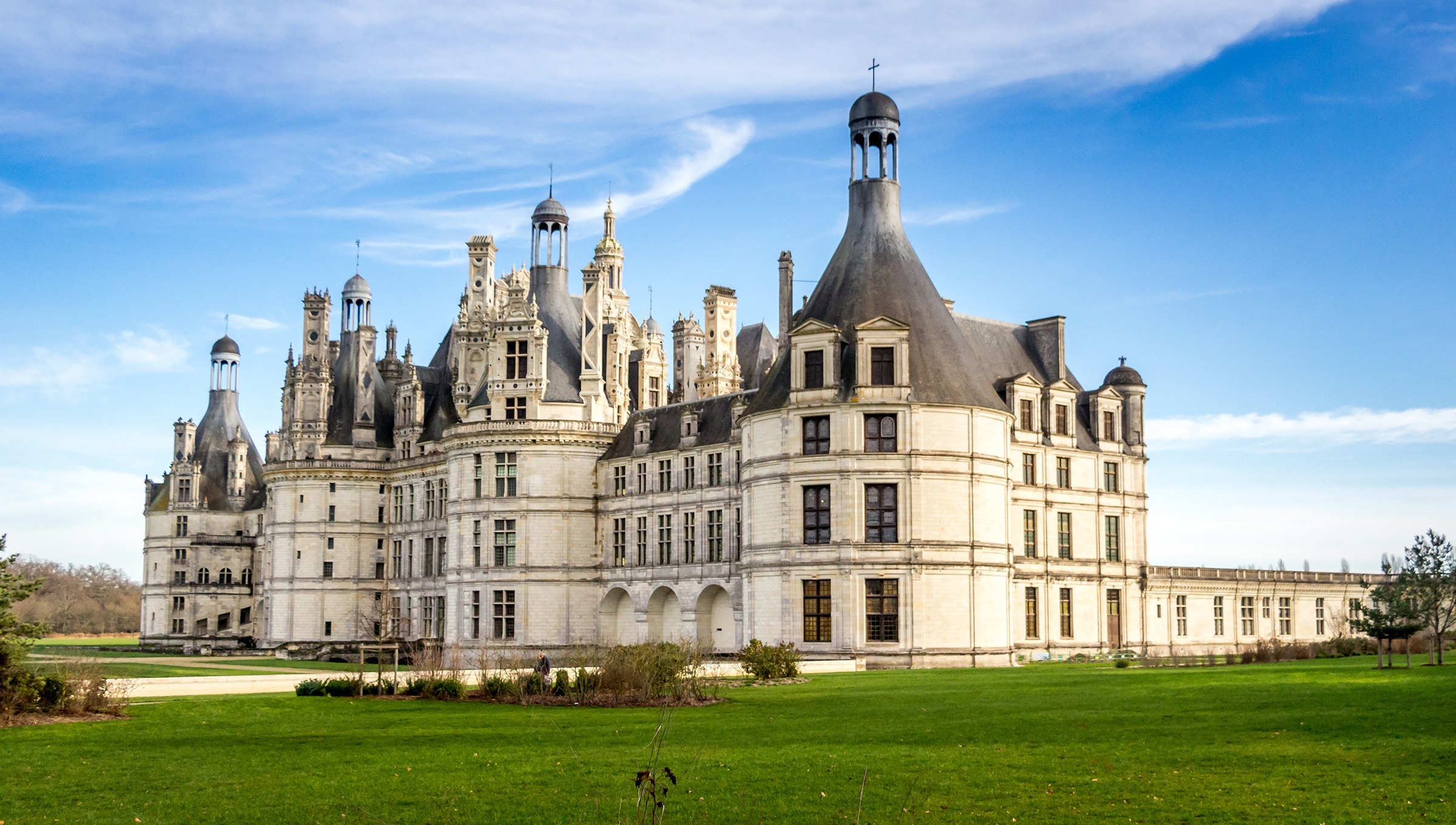
Château de Chambord
The Château de Chambord is a true Renaissance masterpiece. It is the biggest and most majestic of the Loire palaces. Created as a hunting lodge for King François I, it is a monumental work with more than 440 rooms. It sits on a 21-square mile walled property, equivalent in size to that of the entire city of Paris. The property features extensive royal gardens and unspoiled woods. Many elements, particularly the double-helix stairway, seem to be inspired by Leonardo da Vinci’s work. The view from the top offers a gorgeous panorama of the roofs, towers, chimneys, and the surrounding estate.
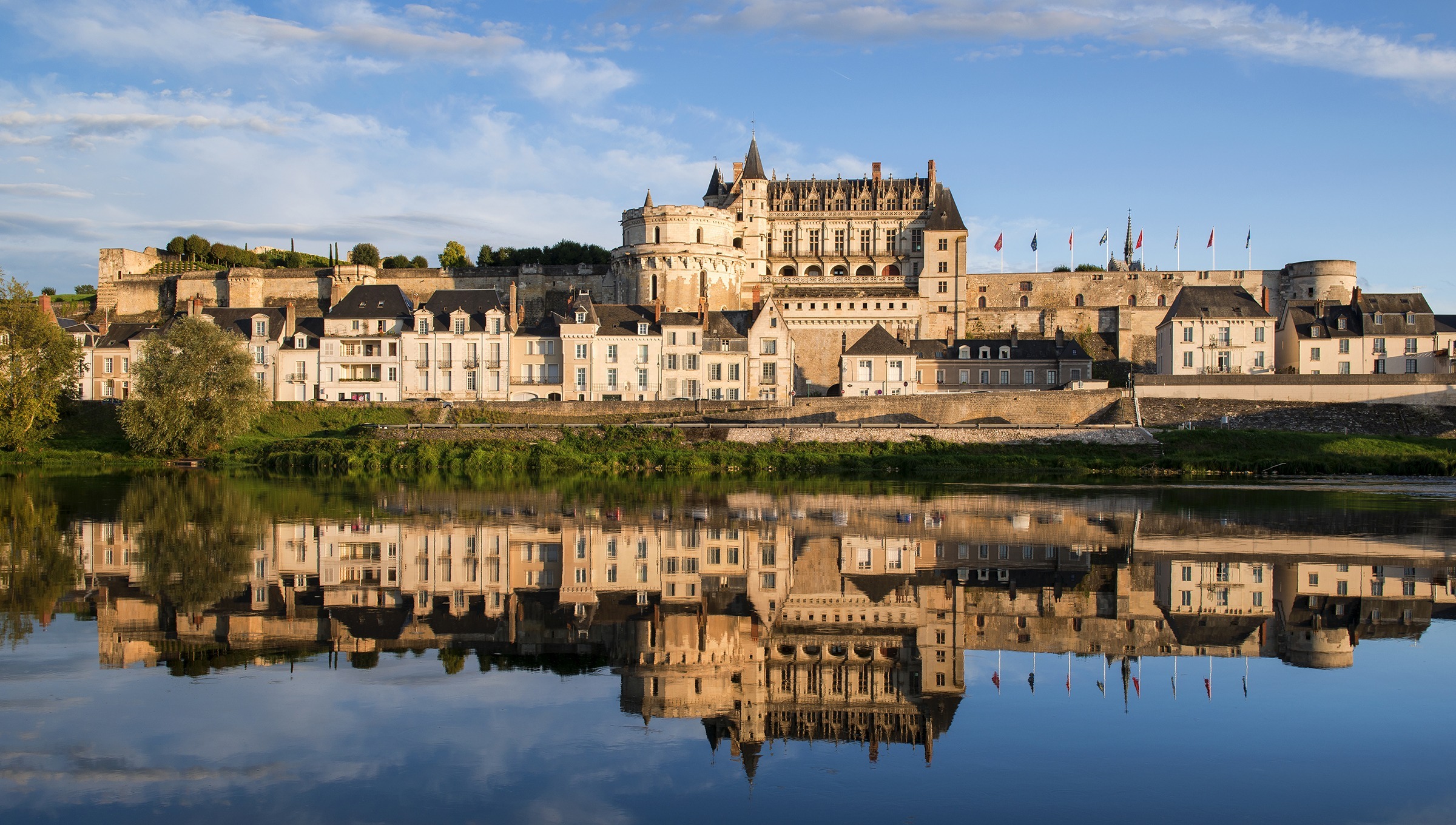
Château d’Amboise and Clos Lucé
This palace was a residence for French Kings from the 15th until the 19th century. While the site was used as a fort since Roman times, the château seen today was rebuilt by King Charles VIII in a late Gothic Flamboyant style with Italian Renaissance influences. Famous he died here after hitting his head on one of its doorways shortly after the work was completed. Make the climb for the 130-foot (40-meter) Minimes Tower for impressive panoramas.
Leonardo Da Vinci is buried in the Chapel of Saint-Hubert on the chateau’s grounds. The legendary Renaissance man lived a ten-minute walk away in Le Clos Lucé. A visit to the manor is a unique opportunity to visit the genius’s workshop and see models of his inventions.

Château de Chenonceau, the Lady’s Castle
The graceful Château de Chenonceau is one of France’s most memorable castles. The building itself is built on arches spanning the Cher River. It is nicknamed the Château des Dames thanks to the numerous noblewomen who left their mark on its history. It was originally built by Katherine Briçonnet in 1513. King Henry II later gifted it to his mistress Diane de Poitiers. However, after his death, the Queen, Catherine de Medicis, evicted Poitiers and took up residence herself at the palace. The influence of these powerful women is evident throughout the estate, from the lush interiors to the competing Poitiers and Medicis gardens.
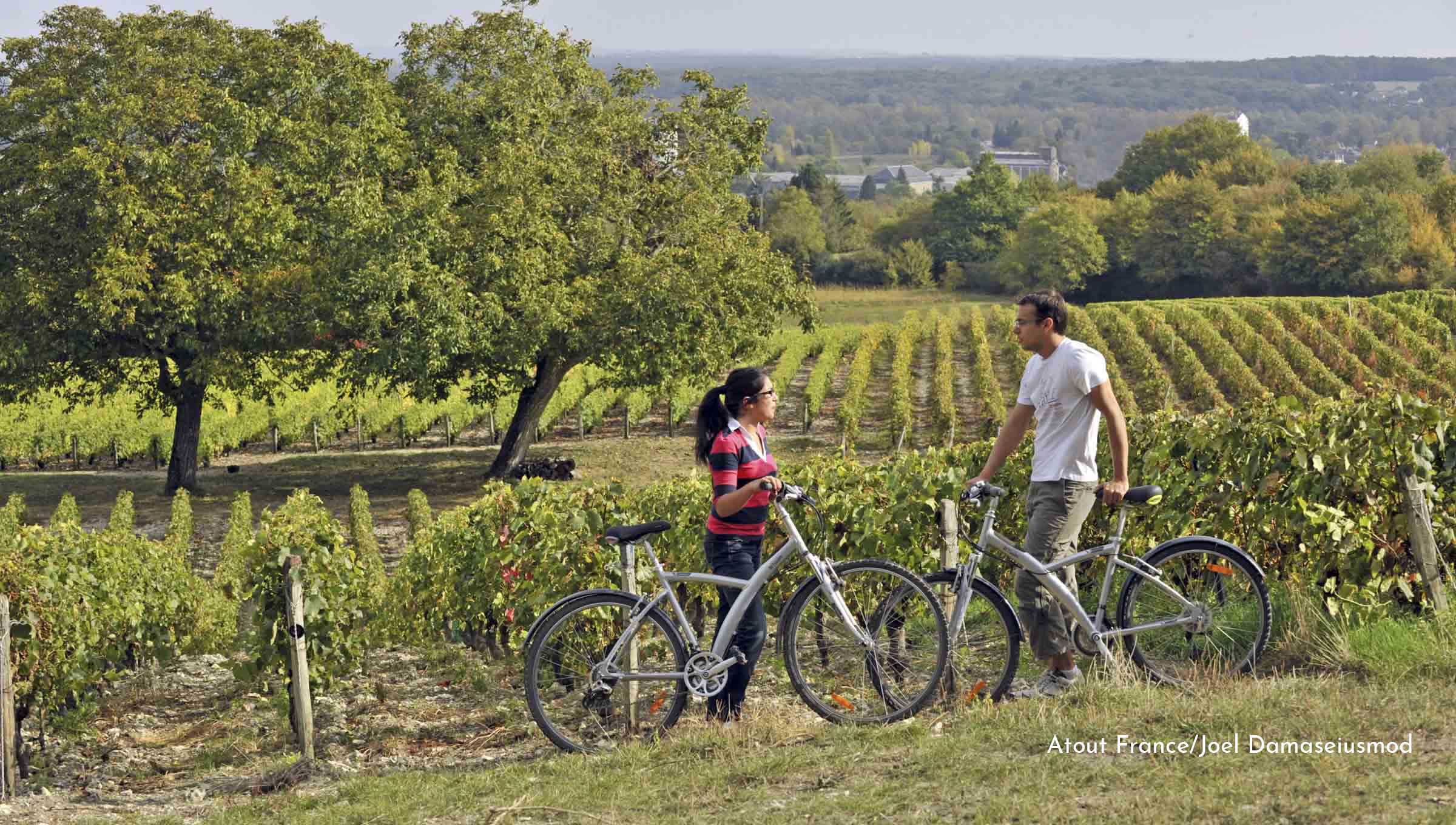
Loire Valley Vineyards
The Loire River is France’s longest wine route, stretching for 600 miles (1,000 km) from the Atlantic Coast to Sancerre in central France. A wide range of micro-climates means that the area produces diverse wines from dry and sweet whites to rosés, reds, and crémant sparkling wines. Cabernet Franc, Chenin, Melon de Bourgogne, and Sauvignon are among the most popular varietals. Many wine cellars are in extensive troglodyte galleries, former quarries dug to supply building material for the valley’s châteaux. They make for a fascinating place to sample the region’s fine wine or cool off on a summer day. Among the dozens of Loire Valley AOCs, Vouvay and Chinon are two of the best-known.
Hotels & Villas

Domaine de la Tortinière

Au Charme Rabelaisien Amboise
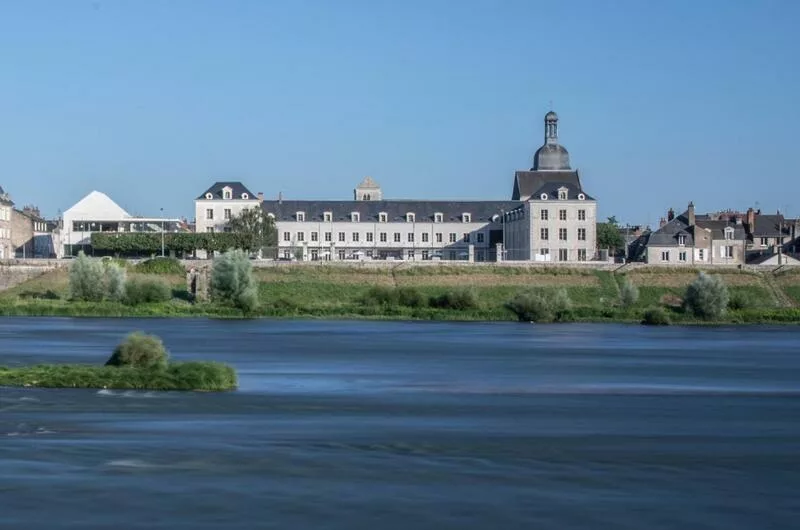
Hotel Fleur De Loire
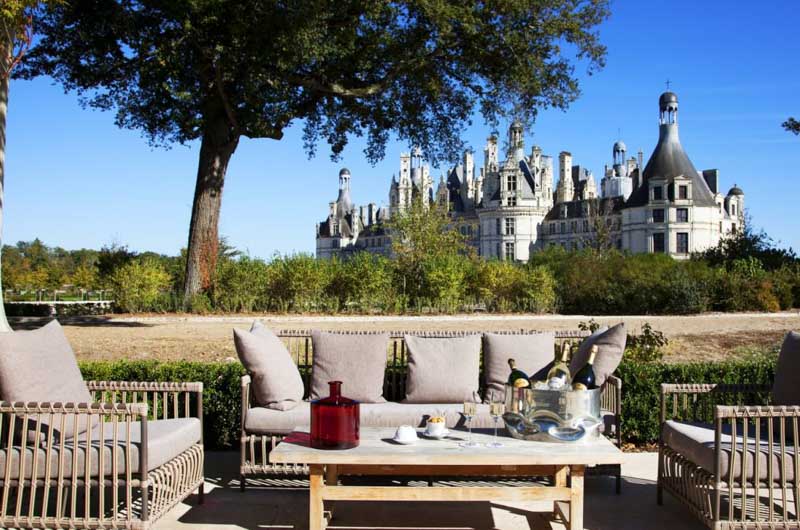
Relais de Chambord

Les Hauts de Loire

Les Sources de Cheverny
What Our Clients Are Saying
Why French Side Travel?
Award-Winning Expertise
Local Knowledge, Tailored to You
Authentic French Immersion
Round-the-Clock Support
Worry-Free, Tailor-Made Travel
Our Partners and Awards


